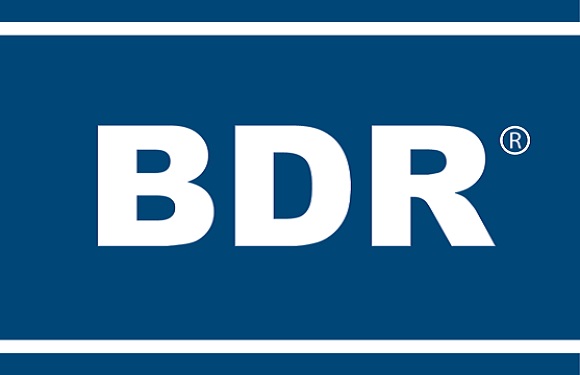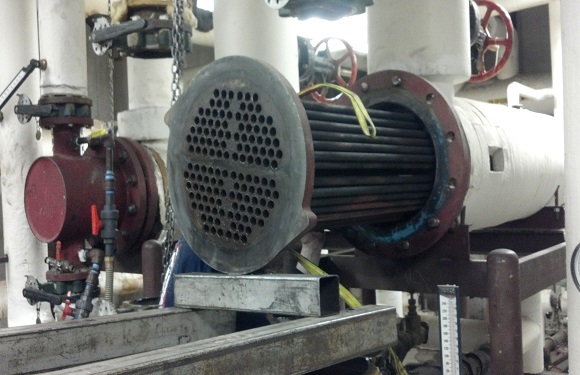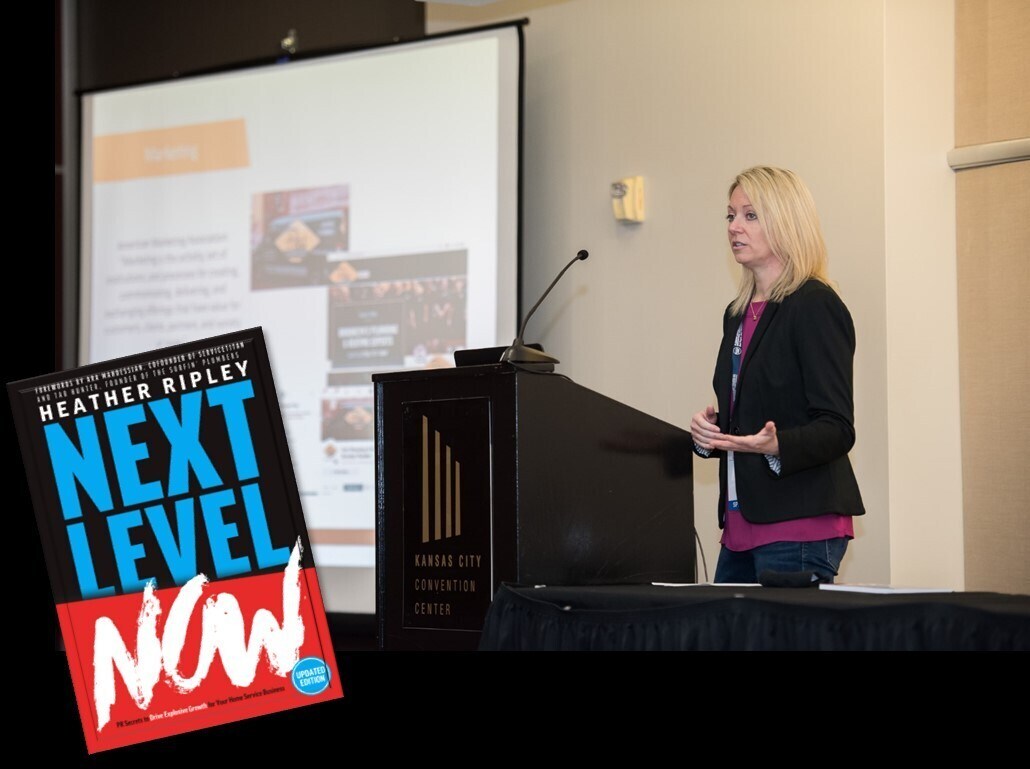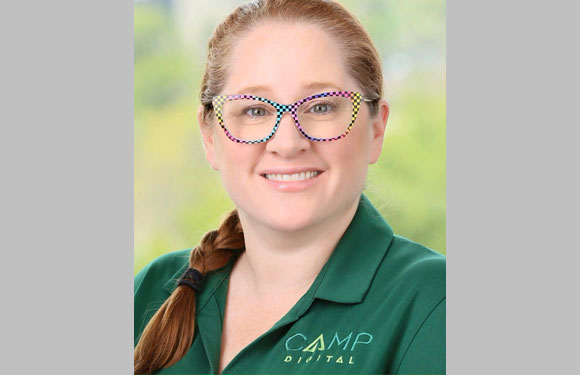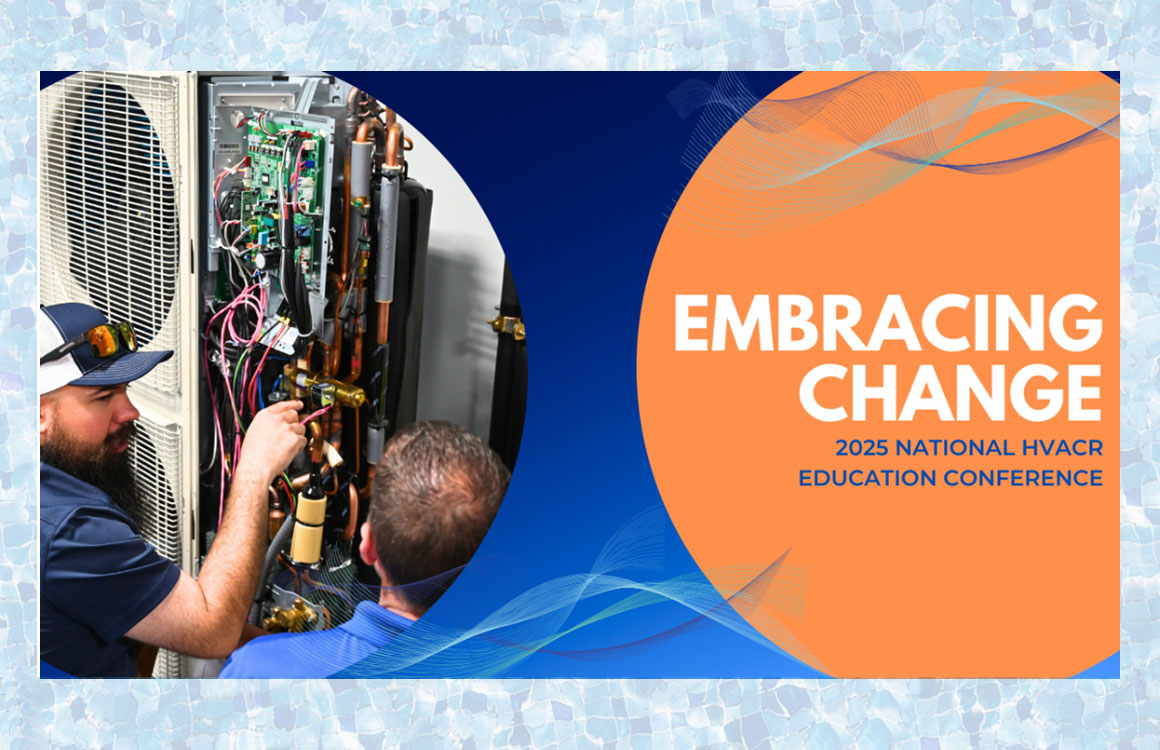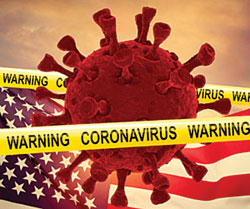
News
The TRUTH About HVAC Systems Spreading Viruses Like COVID-19
By Wes Davis
 The SARS-CoV-2 virus that leads to COVID-19 has been blamed for the deaths of more than 170,000 Americans. A great deal of research has been done to evaluate the virus, its epidemiology, and how it can be transmitted from one person to another. There are some who want to sensationalize recent scientific research and lay some blame for the spread of the virus on HVAC systems. This blog article reviews several studies and presents the facts for your consideration.
The SARS-CoV-2 virus that leads to COVID-19 has been blamed for the deaths of more than 170,000 Americans. A great deal of research has been done to evaluate the virus, its epidemiology, and how it can be transmitted from one person to another. There are some who want to sensationalize recent scientific research and lay some blame for the spread of the virus on HVAC systems. This blog article reviews several studies and presents the facts for your consideration.
FACT: The SARS-CoV-2 has not been proven to grow organically on evaporator coils, in drain pans, or on duct surfaces. As we know, other biological threats to our health (e.g., fungi, mold, and bacteria) can grow in a poorly maintained HVAC system. But, if your home and business are virus-free, they should remain virus-free. Additionally, a well-maintained HVAC system with excellent air filtration will keep it that way.
The New York Times recently reported on a new study that shows that the SARS-CoV-2 virus, which leads to coronavirus disease 2019 (COVID-19), can travel enveloped in an aerosol, which is a tiny droplet, typically 5 microns or less. NOTE: This research was performed in a hospital room with infected patients. This study sought to demonstrate that in a room with a sick person, the virus could be exhaled and travel through the air. In that microscopic condition, the tests captured samples of the virus at stations positioned seven and sixteen feet away from the patient. The research stopped there. It failed to evaluate the ability of the virus to travel through the HVAC system, and it also ignored whether there would be a sufficient concentration to infect someone else. These remain unanswered questions.
Since this or any virus can travel on air currents, it is naturally assumed that it will float unhindered through an HVAC system. However, as professionals, you know that any particle born aloft by air currents would be challenged to navigate through a good HVAC system. So, what is a good HVAC system?
Maintenance:
The virus is somewhat fragile. It only survives for a few days based upon the material on which it lands. It has also shown itself to be quickly inactivated with good hygiene and from high-touch areas by cleaning with soap, water, and disinfectant. The same goes for the HVAC system. A thorough cleaning can remove any viral contamination that may occur. Other maintenance tasks should be performed as well, get a free PDF download of the ACCA Standard for Residential Maintenance.
Filtration:
MERV 13 air filtration is recommended, but only if the system can accommodate such a filter. Install the highest-rated MERV filter the system will accommodate.
The size of the aerosol or droplet nuclei that carries the virus is the key factor. These range in size from the size of the virus (0.1 microns), but the potential size of the aerosol that carries it is in dispute, it ranges from less than 5 – 20 microns (see Introduction). MERV 13 filters are about 90% effective for particles between 3.0 – 10 microns (page 22-23).
- Airflow: Many products offer high levels of filtration, but they greatly restrict airflow. Other filters use large surface areas to provide improved filtration and with much less resistance. Ensure you measure the airflow and meet the design airflow after a high-efficiency filter is installed.
- Face Velocity: Filter effectiveness improves with low face velocity. Large return plenums afford this low airspeed. For larger systems, e.g., 2,000 Cfm air conditioners, it might be necessary to create two air filter paths, to lower the velocity through each (another great reason NOT to oversize the heating and cooling system).
- Tight Fit: Ensure any filter installed is well fitted to the rack. The best filter in the world that allows air to bypass the filter has greatly reduced efficiency.
When you recommend improved filtration, also include necessary duct modifications: seal and resize.
UVC Treatment:
UVC light systems are recommended.
One study showed that the virus required exposure to UV light for 20 seconds to reach high inactivation levels (Section on Benchtop Aerosol irradiation chamber). This research cited the following effectiveness, “~90% viral inactivation in ~8 minutes” (virus exposed for 20 seconds, 8 minutes later, ~90% were inactive, see abstract). A virus that lands on a surface that is irradiated (e.g., coil, plenum, trunk, or branch) would be inactivated. But a viral aerosol moving through an HVAC system at 50 – 60 feet per second will not receive the same fluence dose. Something is better than nothing. However, no independent research has been identified to demonstrate the impact of a low dose of UVC exposure on the virus if it passed the light at typical system air velocities.
Ventilation:
Outdoor fresh air has been offered as a strategy to dilute any presence of the virus.
- Commercial Buildings: Most commercial buildings are required to have mechanical ventilation. Verify that the economizers or fresh-air dampers are installed, operable, and, if applicable, connected to controls. Set the flow rate per the design specifications, local code, or see ASHRAE 62.1.
- Residential Dwellings: Ventilation is a noble strategy if your home and HVAC system is appropriately equipped. The additional capacity to cool, heat, humidify, dehumidify, and filter the outdoor air must be carefully be evaluated for each home. It makes sense that fresh air would dilute any airborne concentrations of the virus, but research to demonstrate the measured benefit in residential applications has not been identified.
A virus can be swept up, carried through the duct system, or it may be able to pass through the air filter, past a clean coil, and the UV light. However, source control can prevent it from entering in the first place. Screen visitors to your home and business and take precautions in public places – wear a face mask and practice social distancing. This significantly reduces the likelihood of the virus entering your customer’s conditioned space. When you and your customers practice good hygiene and housekeeping (especially for high-touch areas) are added, then any viral infections that might present themselves will be rendered inactive.
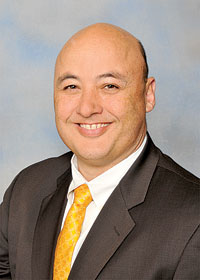
Sidebar: ACCA and ASHRAE have begun a collaborative working group to develop a series of checklists for HVAC professionals. These checklists are intended to provide detailed guidance to accomplish tasks that will specifically address SARS-CoV-2-related concerns.
About the Author
Wes Davis is the director of technical services for ACCA. He can be reached at wes.davis@acca.org or 703-824-8847.

